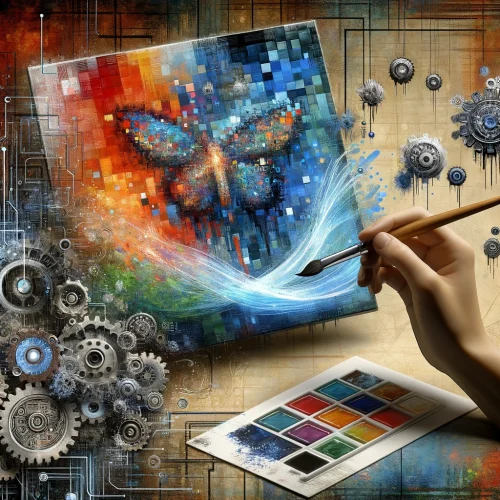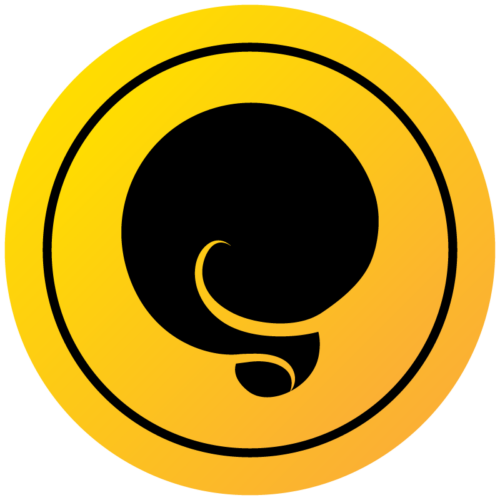Art has always been a constantly evolving field, but the advent of AI-Generated Paintings has opened up a whole new world of possibilities. With the integration of advanced artificial intelligence technologies, the realm of artistic creation is undergoing a revolutionary transformation.
AI-created artwork are created using advanced artificial intelligence models designed to produce images based on textual descriptions or to emulate specific styles of art. The process involves several steps and technologies, including neural networks, machine learning algorithms, and sometimes even genetic algorithms for evolution-based designs.

Here’s a general overview of how AI-Generated Paintings are created:
1. Training the AI Model
- Data Collection: The AI model is trained on a vast dataset of images and, in some cases, their associated descriptions. This dataset might include artworks from various styles, periods, and mediums to ensure the model can generate a wide range of images.
- Learning Process: Through a process called deep learning, the model learns to recognize and replicate patterns, styles, and elements from the dataset. This involves adjusting the model’s internal parameters to minimize the difference between its outputs and the training examples.
2. AI-Generated Paintings
- Input: Once trained, the AI can generate new images based on textual descriptions (prompts) provided by users. These prompts can be as simple as “a landscape painting” or as complex as detailed descriptions including style, mood, and specific elements to include.
- Processing: The model interprets the input prompt and begins the generation process. This involves complex internal computations where the model applies what it has learned to create an image that matches the description.
- Refinement: Some models allow for iterative refinement, where the generated image can be adjusted based on feedback or additional input to better align with the user’s vision.
Technologies Behind AI-Generated Paintings
Generative Adversarial Networks (GANs) in Computer-Generated Paintings
One of the most pivotal technologies in the creation of Artificial Intelligence-produced images is Generative Adversarial Networks (GANs). Introduced in 2014, GANs consist of two parts: the Generator and the Discriminator. The Generator creates new images, while the Discriminator evaluates them. This adversarial process enhances the realism and quality of the generated artworks, making GANs a cornerstone in the AI art generation field.
Transformer Models and AI-Generated Paintings
Transformer models, such as OpenAI’s DALL·E, represent another breakthrough in the production of AI-created artwork. These models can process both text and images, allowing them to generate artwork from detailed textual descriptions. Their self-attention mechanisms enable them to understand and visualize complex prompts, making transformer models incredibly versatile for machine-generated art.
Style Transfer in AI-Generated Paintings
Style Transfer is another fascinating technique used in computer-generated paintings. It involves blending the style of one image with the content of another, allowing for the reimagining of images in various artistic styles. This technique has evolved to allow dynamic style applications, offering endless possibilities for creative expression in AI-created artwork.
Ethical and Creative Implications of Digital art creations by AI
While the technologies behind computer-generated paintings offer immense creative opportunities, they also bring forth ethical considerations around copyright, authenticity, and the impact on traditional artistry. The ability of AI to replicate and remix existing styles raises questions about originality and copyright infringement. This ongoing discussion within art, legal, and tech communities is crucial in responsibly navigating the challenges posed by artificial intelligence-produced images.
The advent of AI-Generated paintings is undeniably transforming the art world, pushing the boundaries of creativity and technology. As we continue to explore these technological advancements, the potential for innovation in art is limitless. Digital art creations by AI not only challenge our traditional notions of art but also open up a world of possibilities for artists and creators alike.











